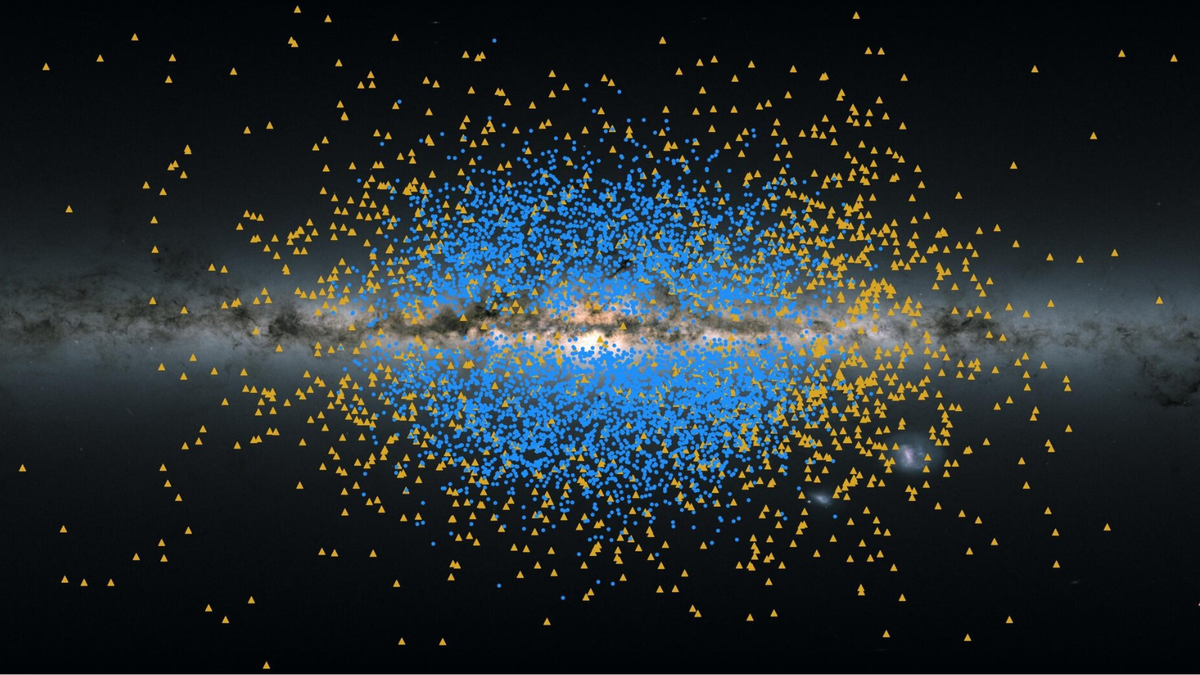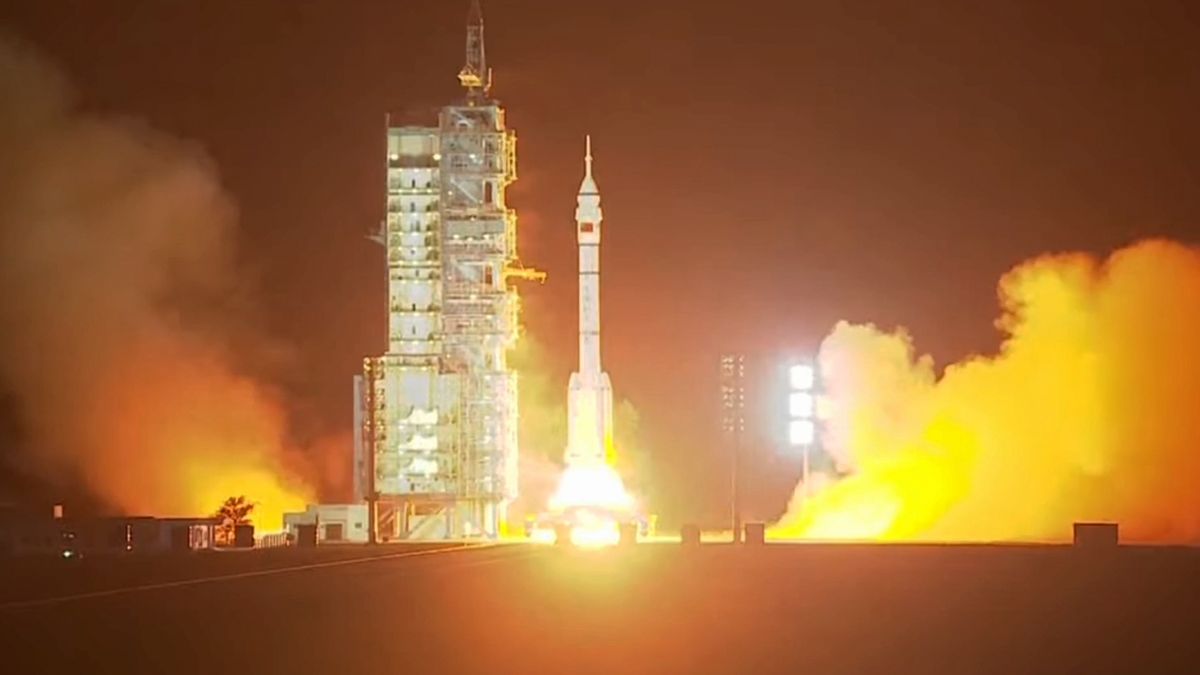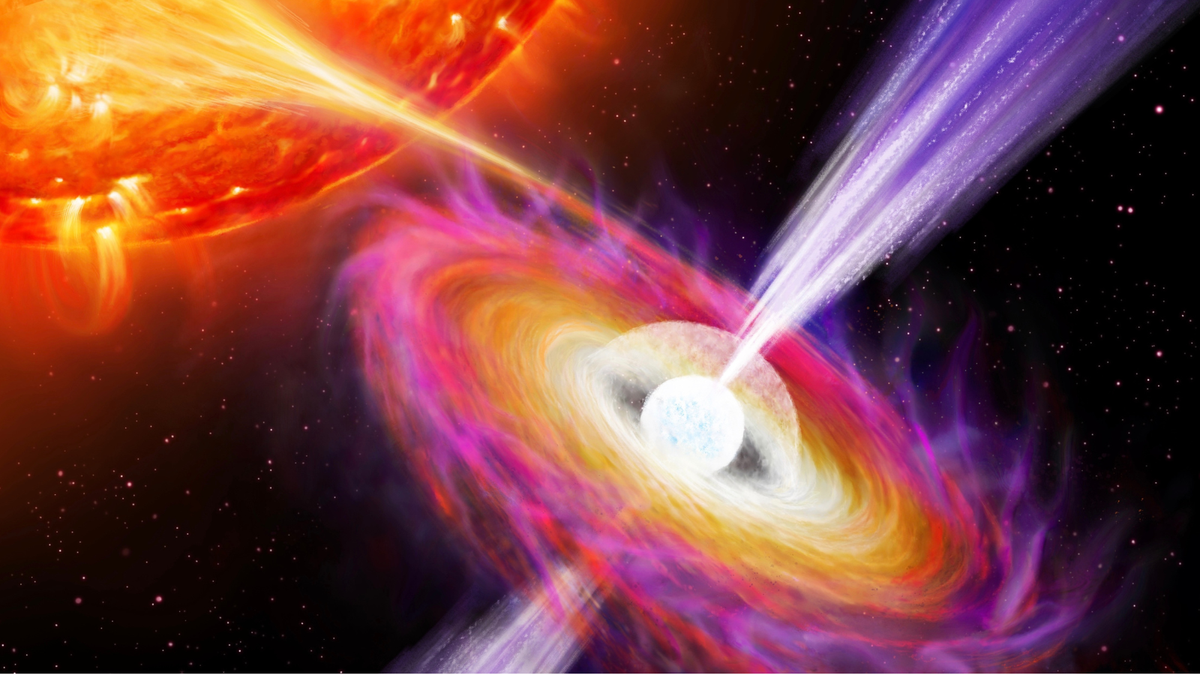Unveiling the Ancient Threads of the Milky Way
Through a meticulous analysis of the movements exhibited by billions of stars within our galaxy, the Gaia space telescope is shedding light on the historical narrative of the Milky Way, with its most recent revelations transcending mere abstraction.
Recent observations made by Gaia have led to the identification of two archaic star streams that intertwined over 12 billion years ago, a period that predates less than 2 billion years after the conception of the universe in the Big Bang event. It is worth noting that these star streams are so ancient that their formation likely predates the emergence of the spiral arms and the extended disk that currently characterize the Milky Way.
The nomenclature assigned to these celestial streams, Shakti and Shiva, bears a symbolic connection to the Hindu deities associated with cosmic creation. This choice is both poignant and fitting, as these primordial stellar streams arguably laid the groundwork for the very foundation of the galaxy that serves as our cosmic abode.
Ancient Stars Resurrected
The astrophysical endeavor spearheaded by Gaia in 2022, focused on the innermost regions of the Milky Way, revealed the presence of the oldest stars dwelling within our galactic neighborhood. The subsequent phase of this cosmic archeological quest has led to the successful mapping of these ancient stellar elements as discrete fragments that merged with the nascent Milky Way during an epoch when it had yet to acquire its iconic spiral form.
Presently, Shakti and Shiva are recognized as protogalactic remnants nestled within the central core of the Milky Way, with their respective orbital trajectories closely enveloping this region. Each of these streams boasts a combined mass equivalent to about 10 million solar masses, with the stars comprising this mass estimated to be approximately 12 to 13 billion years old.
The Symphony of Stellar Evolution
Throughout their lifecycle, stars engage in nuclear fusion processes within their cores, crafting heavier elements from lighter ones, collectively termed as metals by astronomers. The initial generation of stars emerged during an era when the universe was dominantly composed of hydrogen and helium, resulting in a scarcity of metals within these celestial bodies.
Following the demise of these first-generation stars through supernova explosions, the synthesized elements were disseminated across the cosmos. This dispersal ultimately culminated in the formation of second-generation stars enriched with metals inherited from their progenitors. This ongoing cycle of stellar birth, death, and renewal allows astronomers to gauge the age of stars based on their metal content.
Shiva and Shakti: Timeless Remnants
While Shakti and Shiva share resemblances, subtle disparities distinguish the two ancient stellar streams. Notably, Shakti’s stars are located farther from the galactic core in comparison to Shiva’s stars and boast more circular orbital paths.
Dating back over 12 billion years, the Milky Way was once a tapestry woven from intricate filaments of gas and dust that coalesced to spawn stars, coiling around each other to birth our galaxy. The invaluable insights provided by Gaia’s observations have unveiled Shakti and Shiva as foundational constituents of this cosmic inception.
Continuing the saga of galactic revelation, researchers aim to leverage Gaia’s capabilities to construct a comprehensive genealogy of the Milky Way, delving deeper into its genesis and evolution. By unearthing enigmatic facets of our galactic ancestry like Shakti and Shiva, the enigmatic past of the cosmos slowly unfolds, enriching our comprehension of both our immediate cosmic domicile and the profound narratives that shaped its earliest epochs.
Image/Photo credit: source url





